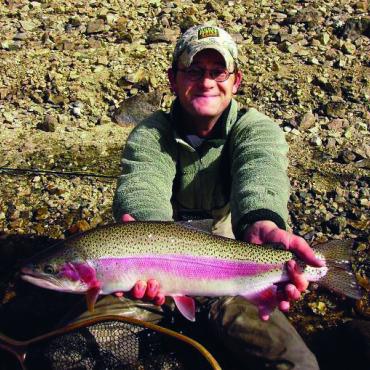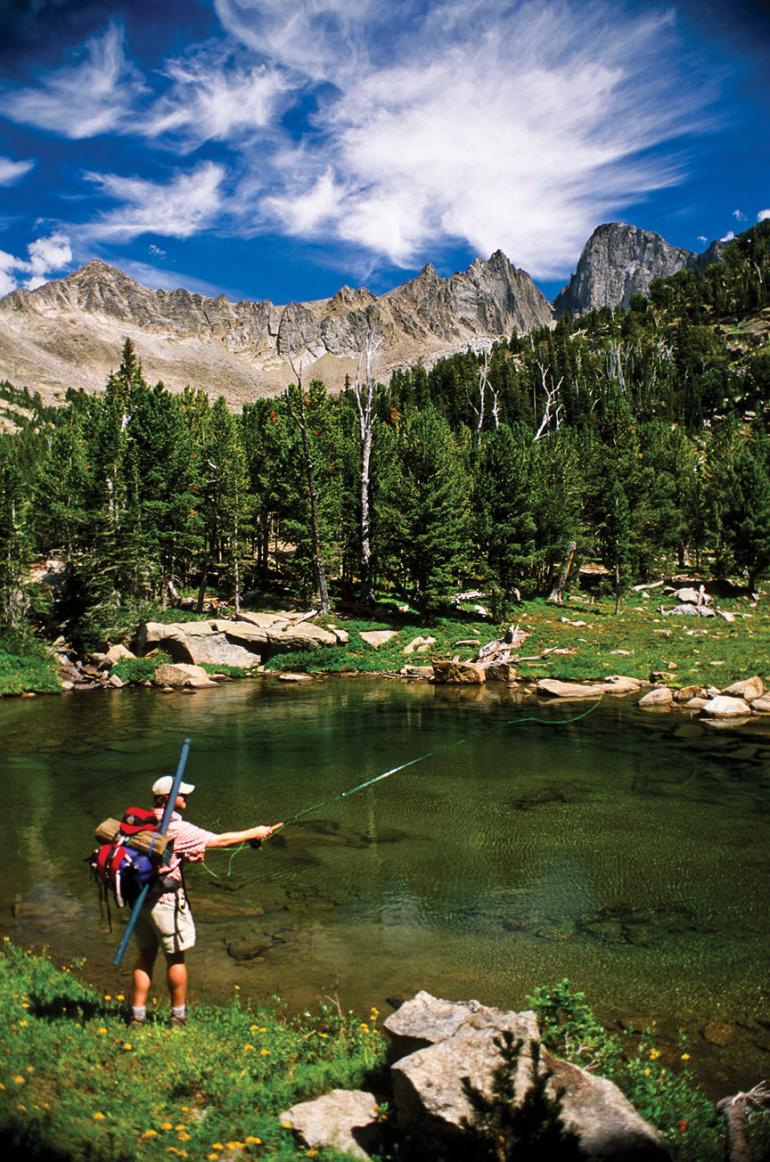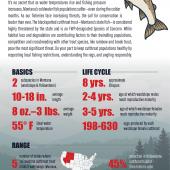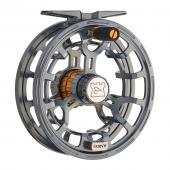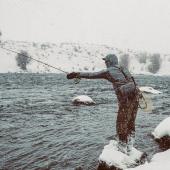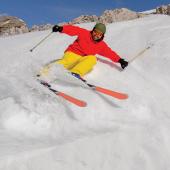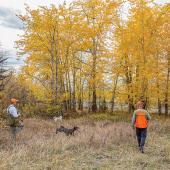Alpine Advice
Tips & tricks on fishing alpine lakes.
It’s no secret that Montana is home to innumerable high-elevation lakes, and for the intrepid fly angler, these waters offer up some serious adventure potential. The main ingredients for a successful mountain-lake trip are research and planning. Here’s a basic rundown.
Location, Location, Location
Using mapping software such as Google Earth and OnX, locate bodies of water that have some sort of drainage; ideally, there’s an inflow stream of similar size. Once you’ve located a promising lake, check it against the list on the Montana Fish, Wildlife & Parks (FWP) website, which details stocking information such as year and species. The feeder stream is important here, as it provides the right habitat for spawning, in which case the fish in that lake can become self-sustaining. If not, they tend to age out within 7 to 10 years of initial stocking. Note that lakes earlier on in the implantation cycle will contain more, but smaller, fish; those later in the cycle will contain fewer, but larger, fish.
Flies & Supplies
Keep the fly selection simple and bring a single two-sided box. In one side go the dry flies: Royal Wulff, stimulators in various colors, Adams Irresistible, Griffith’s gnat, and H&L Variants—and, if late enough in the season, hoppers, ants, and beetles. This plus any other do-or-die favorites should be included, in sizes 14-20. Wet flies, nymphs, and streamers should make up the other side of the box. Downsize the streamers from what one would normally use in rivers. String leeches, seal-fur leeches, buggers, and epoxy minnows are proven high-altitude patterns in sizes 8-14. For wet flies, a dozen or so soft-hackle patters in gray, olive, and tan usually prove surprisingly productive and versatile; size these similar to the above-mentioned dry-fly assortment. Lastly, the nymphs: include hare’s ears, scuds, and pheasant tails, in both bead-head and regular versions. Again, size these bugs similar to the dry flies.
As for rods, I prefer a four-piece 5- or 6-weight, in a 9- or 10-foot length for a little more casting distance. Many mountain lakes have shorelines that severely limit one’s back-cast, and on these waters, casting distance can be the difference between a 12-inch fish and a 21-inch fish. For this reason, a float tube, packraft, or paddleboard can make all the difference. Packing a watercraft several miles into the backcountry ain’t easy, though, so get creative with your packing routine and cut weight where you can. For instance, instead of a bulky tackle pack, opt for a neck lanyard with floatant, nippers, tippet, hemostats, and a small container of split-shot.
Safety
In the backcountry, a slight error in judgment can become deadly. Pack accordingly for drastic weather changes, injuries, and other emergencies, and always let someone know your location and when to expect you back. It isn’t uncommon for there to be several feet snow at high elevations, even in mid-summer—expect this to be the case and prepare for it. Also remember that much of Montana is grizzly country—plan accordingly.

